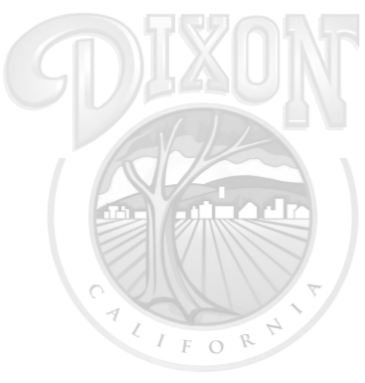General Plan FAQ
The General Plan is the guide for the future physical development and conservation of the city. It is a long-term (horizon year 2040) document consisting of written text and diagrams that expresses how a community should develop over time, and a key tool that influences the community quality of life. It specifies locations for various land uses, transportation improvements, new parks and open spaces, and other public infrastructure. The plan is a basis for land use decision-making used by policymakers such as the Planning Commission and the City Council. All cities and counties in California are required by law to have general plans.
State law mandates that each city and county in California adopt a "comprehensive, long-term general plan." The purpose is to plan for important community issues such as new growth, housing needs, and environmental protection. A general plan is used to project future demand for services such as sewer, water, roadways, parks, and emergency services.
There are both State-mandated and optional "elements," or chapters, that go into a general plan. These elements make up the framework for decision-making regarding growth and development in the City. State law requires that a general plan covers at least seven mandated topics: Land Use, Circulation, Housing, Conservation, Open Space, Noise, and Safety. The City of Dixon's updated General Plan will include the following chapters, or elements. Required topics are indicated in parentheses:
- Urban Development and Community Design (Land Use)
- Downtown
- Natural Environment (Open Space, Conservation, Safety, Noise)
- Transportation and Circulation (Circulation)
- Public Services and Facilities
- Air Quality and Energy
- Housing – under separate cover and process, see below
Dixon's existing General Plan was adopted in 1993, and now needs to be comprehensively reexamined to ensure that it reflects the city's goals and priorities for the next 20 years. Many of the objectives of the existing General Plan have been met, and new opportunities, challenges, and priorities have arisen. The city has grown over the last several decades, and the General Plan Update presents an opportunity to create a new vision for future growth for years to come. We need a new plan to manage Dixon's future growth, revitalize Downtown, attract high quality businesses and jobs, protect farmland, and maintain public safety and municipal services – all of which contribute to the quality of life that residents have come to expect.
The General Plan establishes long-term policies to guide future development. It describes generally how land uses will be distributed throughout the City and allowable ranges of density for each land use. The Zoning Ordinance is where the "rubber meets the road." It implements general plan policies through detailed development regulations, such as specific use types and building standards. State law requires that the Zoning Ordinance is consistent with the General Plan.
The Housing Element is one of the seven State-mandated elements of the General Plan. However, per State law, the Housing Element must be updated more frequently than the rest of the General Plan, and it must meet a variety of statutory requirements. The City of Dixon is currently updating its Housing Element for the 2015-2023 planning period. The Draft Housing Element (PDF) is available for public review on the City's website. On May 4, 2015, the Planning Commission will consider whether to recommend approval of the Housing Element to the City Council. If the Planning Commission recommends approval, then the City Council will consider adopting the Housing Element on May 26, 2015. As we prepare the rest of the General Plan Update, we will ensure that the plan is consistent with and supportive of policies and programs in the Housing Element.
Since the 1870s, Dixon's history has been intertwined with that of the railroad, when the community was physically relocated toward the railroad tracks to capitalize on the transportation and resultant economic benefits. In recent years, the City has been engaged in planning efforts to enhance Downtown Dixon, with the adoption of the Downtown Revitalization Plan in 1996 and the Downtown Dixon Business Association Design Guidelines in 2007. The construction of a replica of the old Dixon train station was also completed in 2007, with the intent that it would eventually be used as a train stop for the Capitol Corridor Train.
In 2011, the Dixon's Old Town was designated as a Priority Development Area (PDA) by the Association of Bay Area Governments (ABAG), upon application by the City. PDAs are areas identified as places for growth located near existing or future transportation centers. Dixon's Downtown PDA provides an opportunity to reconnect to the railroad with a proposed Capitol Corridor transit stop, reestablish Old Town Dixon as a thriving rural downtown commercial center, and create new jobs and higher density housing around the transit stop. The Downtown PDA Plan will evaluate the potential for development and redevelopment in the area, as well as transportation improvements and strategies. The General Plan Update will be consistent with and supportive of the Downtown PDA Plan.
An environmental impact report is a detailed analysis of the environmental effects of a plan or development project. The EIR identifies alternatives to the proposed project and presents ways to reduce or avoid environmental damage. Under the California Environmental Quality Act (CEQA), a general plan is considered a project, thus requiring that an EIR be completed in conjunction with the plan. Community members can provide input at two different phases in the EIR process: in response to the Notice of Preparation (NOP), which declares that an EIR is going to be prepared, and to the Draft EIR itself.
We are soliciting citizen participation in all phases of General Plan development. Please visit the Workshops and Meetings page for details on upcoming events or contact us directly with your thoughts or questions.

